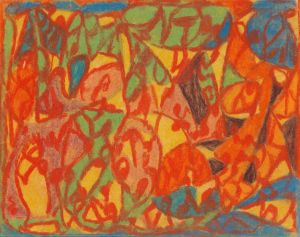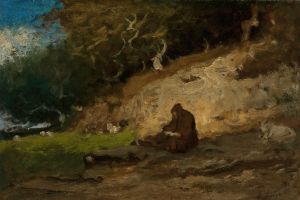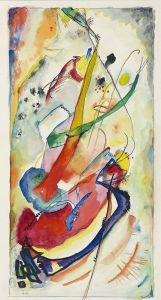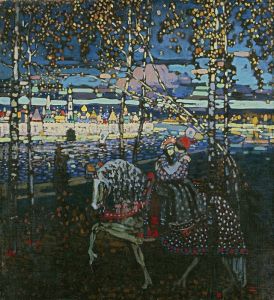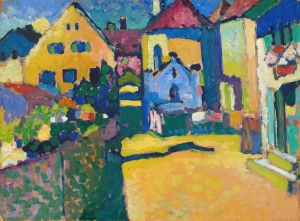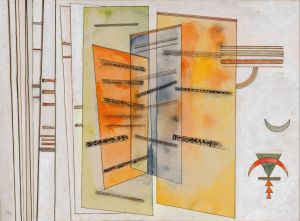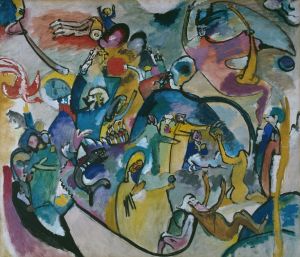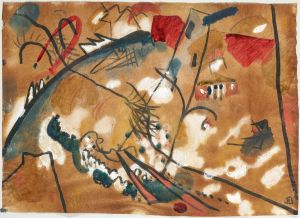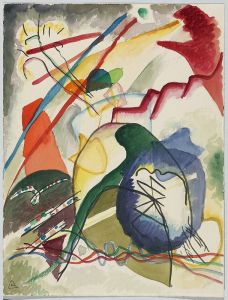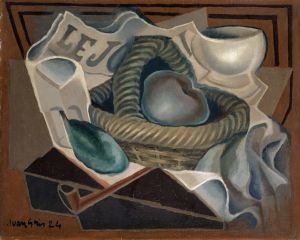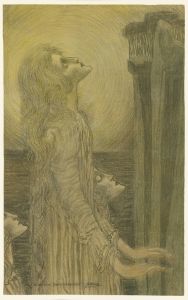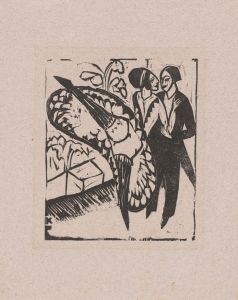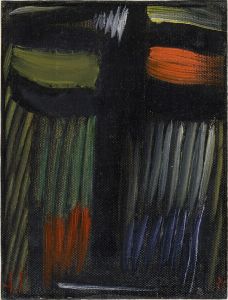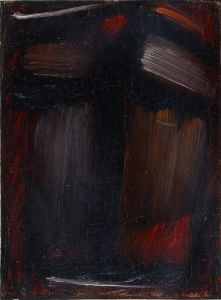
Impression IV
A hand-painted replica of Wassily Kandinsky’s masterpiece Impression IV, meticulously crafted by professional artists to capture the true essence of the original. Each piece is created with museum-quality canvas and rare mineral pigments, carefully painted by experienced artists with delicate brushstrokes and rich, layered colors to perfectly recreate the texture of the original artwork. Unlike machine-printed reproductions, this hand-painted version brings the painting to life, infused with the artist’s emotions and skill in every stroke. Whether for personal collection or home decoration, it instantly elevates the artistic atmosphere of any space.
Wassily Kandinsky's Impression IV (Gates) is a significant work in the artist's early exploration of abstract art. Painted in 1911, this piece is part of Kandinsky's "Impressions" series, which reflects his transition from representational art to abstraction. The series was created during a pivotal period in Kandinsky's career, as he sought to express emotional and spiritual experiences through color, form, and composition rather than through direct representation of the physical world.
Impression IV is characterized by its bold use of color and dynamic composition. The painting features a combination of abstract shapes and forms, with some elements suggesting a loose connection to real-world imagery. The title, "Gates," hints at a possible reference to a specific scene or concept, though Kandinsky's intention was not to depict a literal gate but to evoke a sense of movement and transition. The work exemplifies Kandinsky's belief in the power of art to convey inner feelings and spiritual resonance, a concept he elaborated on in his influential theoretical text, Concerning the Spiritual in Art, published in the same year.
The painting is executed in oil on canvas and demonstrates Kandinsky's growing interest in the interplay between color and form. The vibrant palette and energetic brushstrokes create a sense of rhythm and dynamism, inviting viewers to engage with the work on an emotional and intuitive level. Kandinsky's use of abstraction in Impression IV reflects his desire to move beyond the constraints of traditional artistic representation and to explore the possibilities of a more universal visual language.
Impression IV is part of a broader movement in early 20th-century art that sought to break away from the conventions of realism and embrace new ways of seeing and interpreting the world. Kandinsky was a leading figure in this movement and a founding member of the Blue Rider (Der Blaue Reiter) group, which played a crucial role in the development of modern art. The group's emphasis on spiritual and emotional expression is evident in Kandinsky's work during this period.
Today, Impression IV is recognized as an important milestone in the history of abstract art. It reflects Kandinsky's innovative approach to painting and his commitment to exploring the deeper meanings of art and its connection to the human spirit. The painting is held in a private collection or museum, though its exact location may vary depending on exhibitions and loans.





